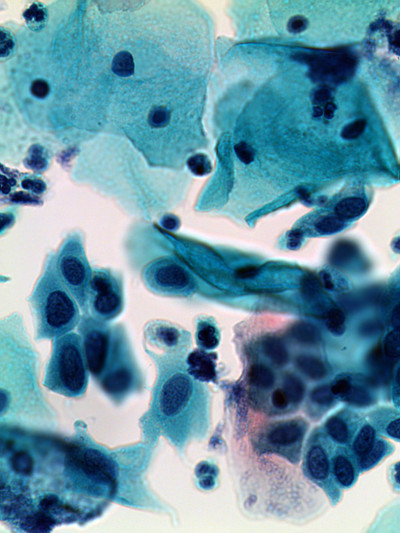Laboratory Services
Celiac Disease Panel
Print this pageUpdated Test Information:
| Test Description |
Celiac Disease Panel
|
|||||||||||||||||||||
|---|---|---|---|---|---|---|---|---|---|---|---|---|---|---|---|---|---|---|---|---|---|---|
| Synonym(s) |
tTG, Tissue Transglutaminase, DGP, Deamidated Gliadin, Gliadin |
|||||||||||||||||||||
| Test ID |
CELIAC
|
|||||||||||||||||||||
| General Information |
Celiac disease is a life-long condition in which ingestion of gluten leads to chronic inflammation and damage of the small intestinal mucosa. The detection of tissue transglutaminase (tTG) and deamidated gliadin (DGP) antibodies are highly disease specific serological markers for celiac disease and dermatitis herpetiformis. Patients with selective IgA deficiency may yield false negative tTG IgA and DGP IgA results. The use of tTG IgG and DGP IgG antibodies can be helpful markers in patients with this deficiency. Assay results should be used in conjunction with clinical findings and other serological tests. Antibodies directed against gliadin, its deamidated products, and tTG are dependent on the ingestion of gluten. For this reason, serology testing is best performed in patients on a gluten-containing diet. In children younger than 2 years, it is recommended to combine tissue transglutaminase (tTG) testing with deamidated gliadin (DGP) IgA and IgG. |
|||||||||||||||||||||
| Specimen Type |
Serum |
|||||||||||||||||||||
| Specimen Requirements |
Tiger |
|||||||||||||||||||||
| Alternate Specimen Type |
SST |
|||||||||||||||||||||
| Specimen Collection / Processing Instructions |
Allow serum tubes to clot for a minimum of 30 minutes before centrifuging. Centrifuge within 1 hour of collection and no longer than 2 hours after collection. Failure to separate red cells from serum with 2 hours of collection may lead to inaccurate results. |
|||||||||||||||||||||
| Minimum Sample Volume |
1.5 mL |
|||||||||||||||||||||
| Additional Processing Details |
Caution: Serum samples are not to be repeatedly frozen and thawed, since this can cause analyte deterioration. They are to be thawed only once. |
|||||||||||||||||||||
| Stability |
Stored at 22˚C: 8 hrs |
|||||||||||||||||||||
| Unacceptable Specimen Conditions |
Plasma, lipemic, hemolyzed or microbially contaminated samples. |
|||||||||||||||||||||
| Limitations |
In children younger than 2 years, it is recommended to combine tissue transglutaminase (tTG) testing with deamidated gliadin (DGP) IgA and IgG. |
|||||||||||||||||||||
| Methodology |
Fluorescent enzyme immunoassay (FEIA) |
|||||||||||||||||||||
| Estimated TAT |
2-5 days |
|||||||||||||||||||||
| Testing Schedule |
Monday-Friday, alternating days |
|||||||||||||||||||||
| Test Includes |
Tissue Transglutaminase (tTG) IgA |
|||||||||||||||||||||
| CPT Code(s) |
86258(x2) |
|||||||||||||||||||||
| Reference Range |
|
|||||||||||||||||||||
| Performing Lab |
Incyte Diagnostics |
|||||||||||||||||||||
| LOINC Code(s) |
46128-5, 56537-4 |
